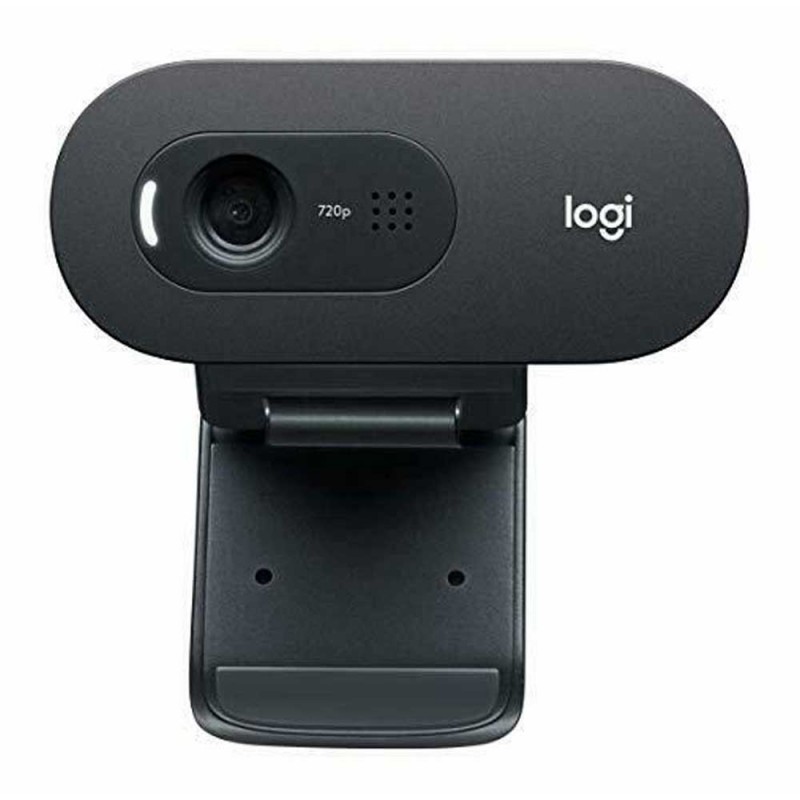


For example, when teaching art at the lower elementary level, having a webcam that more accurately depicts colors means less confusion, especially when teaching color recognition to primary students for the first time. Most striking was how much more vivid and accurate the colors appeared in the clip captured with the C270 - a difference that can pay big dividends for K–12 schools. For the second clip, I used the same laptop, but instead used the C270 webcam mounted to the left of the laptop’s webcam and the C270’s built-in microphone.Īlthough the sound quality was similar, the difference in video quality was immediately apparent.

I recorded the first video clip using the laptop’s built-in 720p HD camera and internal microphone. In a side-by-side comparison, I recorded two video clips under identical conditions: indoors, with moderate noise (TV on in the living room and a bathroom fan on) and a 60-watt lamp to my left. As for the camera quality, the C270 adjusts to lighting conditions well, producing brighter, contrasted images to help subjects look their best on conference calls and video recordings. The user’s voice comes across clearly to everyone, even in busy homes and classrooms. Logitech’s addition of a microphone with built-in noise reduction was a great decision. The Logitech C270 HD webcam’s plug-and-play operability, combined with its 5-foot cable, tough chassis and brilliant picture quality, makes the C270 an easy choice for districts looking to outfit their staff or students with a quality yet affordable HD webcam. Thanks to advancements in technology, widespread adoption and competition in the marketplace, a consumer webcam is not only affordable, it’s also indispensable as a tool for hybrid and remote learning. Whether I’m teaching virtually, recording a lesson for asynchronous instruction or streaming a big event on campus, my webcam is almost always in service. Now, hardly a day goes by when I don’t use my webcam. Back then, I had to look for ways to integrate a webcam into my instruction. I remember taking my sixth-grade students on a virtual field trip in the mid-2000s to see giant pandas, elephants, lions and mole-rats on animal cams streaming live, 24/7 from the Smithsonian’s National Zoo. In the early days of webcam technology, it seemed that only nonprofits with big donors could justify purchasing fancy technology such as high-end webcams.


 0 kommentar(er)
0 kommentar(er)
